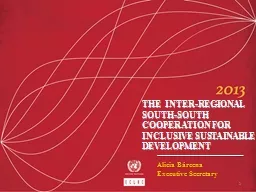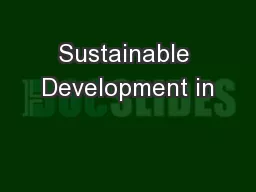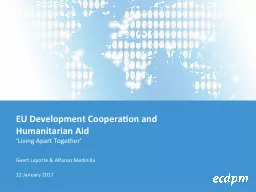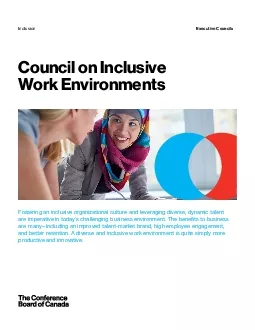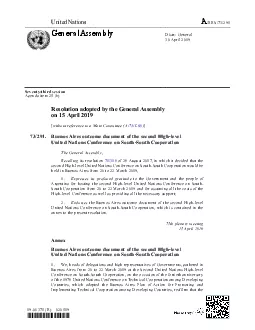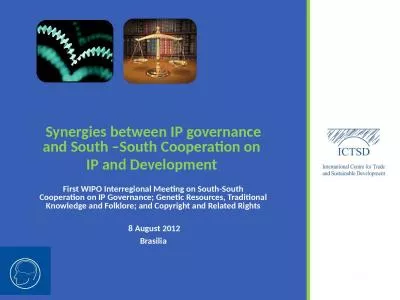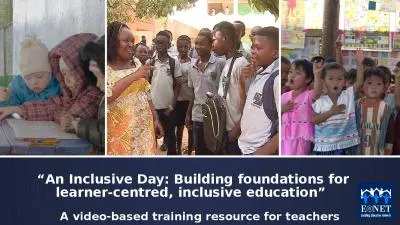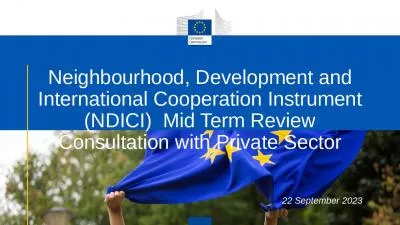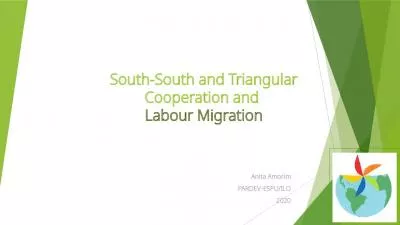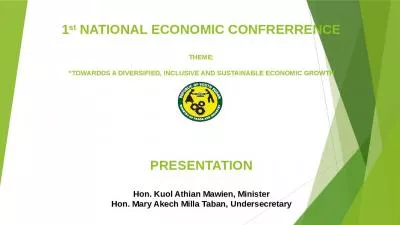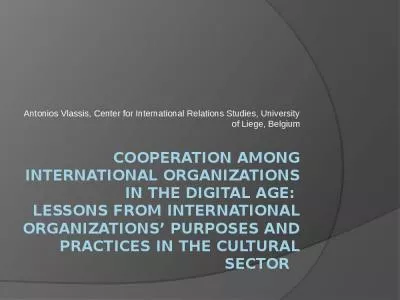PPT-THE INTER-REGIONAL SOUTH-SOUTH COOPERATION FOR INCLUSIVE SUSTAINABLE DEVELOPMENT
Author : robaut | Published Date : 2020-07-01
Alicia Bárcena Executive Secretary 1 The Global Economy Marked by Uncertainty Global economy will grow 31 in 2013 amp 38 in 2014 Slow recovery of the US 19 for
Presentation Embed Code
Download Presentation
Download Presentation The PPT/PDF document "THE INTER-REGIONAL SOUTH-SOUTH COOPERA..." is the property of its rightful owner. Permission is granted to download and print the materials on this website for personal, non-commercial use only, and to display it on your personal computer provided you do not modify the materials and that you retain all copyright notices contained in the materials. By downloading content from our website, you accept the terms of this agreement.
THE INTER-REGIONAL SOUTH-SOUTH COOPERATION FOR INCLUSIVE SUSTAINABLE DEVELOPMENT: Transcript
Download Rules Of Document
"THE INTER-REGIONAL SOUTH-SOUTH COOPERATION FOR INCLUSIVE SUSTAINABLE DEVELOPMENT"The content belongs to its owner. You may download and print it for personal use, without modification, and keep all copyright notices. By downloading, you agree to these terms.
Related Documents

